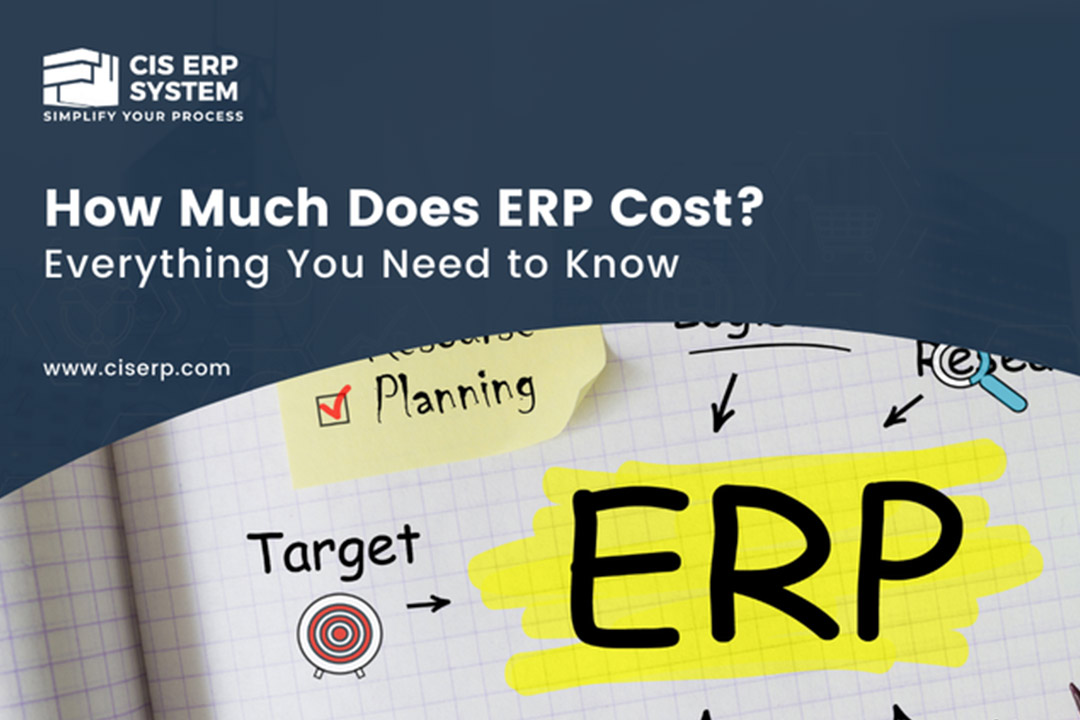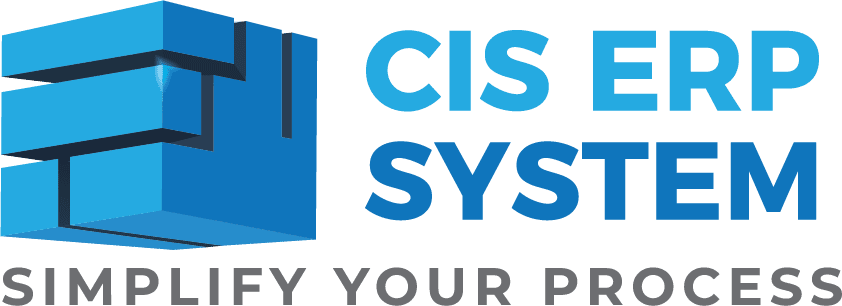
When businesses begin exploring ERP systems, the first question they often ask is, “How much does it cost?” It’s a fair question, especially in 2025, where there’s no one-size-fits-all answer. ERP systems vary in type, functionality, and pricing. For small businesses looking to scale or larger companies planning a digital transformation, understanding the key components of ERP pricing helps make a wise decision.
This guide aims to provide a clear, down-to-earth explanation of what to expect. It focuses on cloud-based solutions like CISERP, which are particularly popular for their flexibility and affordability.
What Makes Up ERP Costs?
ERP pricing isn’t just about buying software. It’s a mix of several components. With cloud-based ERP (often called SaaS ERP), companies usually pay a monthly or annual fee. For traditional on-premise systems, the cost frequently comes as a one-time license fee.
Implementation is another piece of the puzzle. It includes the setup, training, and migration of your company’s existing data into the new system. You’ll also need to factor in user licenses, ongoing support, and any required customizations.
Moreover, if you’re going the on-premise route, remember to add infrastructure costs like servers and IT personnel to your budget.
Real Pricing Example: CISERP SaaS Plan
Let’s make this more tangible with a real-world example. CISERP is a cloud ERP platform designed to meet the needs of growing businesses. Its pricing structure is simple, transparent, and scalable.
The Payroll module costs Rs 5,000 per month and supports up to 50 employees. It handles core functions such as time tracking, leave and loan management, overtime calculations, and MIS reporting.
Besides, the Core ERP module, priced at Rs 10,000 per month, includes essential financial and operational tools like General Ledger, Accounts Payable and Receivable, Sales and Purchase tracking, Inventory, Fixed Assets, and access for five users.
Implementation costs Rs 75,000 one-time. This includes 25 hours of training and covers everything from master data setup to opening balance transfers and configuring the chart of accounts and item masters.
Furthermore, the price also includes guidance on segregation of duties (SOD), approval workflows, and system handover. If your business requires extra support beyond the initial hours, it’s available at Rs 3,000 per hour.
Why ERP Costs Vary From One Business to Another
No two companies are alike, and ERP pricing reflects that. The size of your team, the number of users, and the range of modules you need all play a role. For example, a business that needs just finance and inventory will pay far less than one that requires HR or manufacturing modules.
Customization is another cost trigger. If your workflows are unique and need tailored solutions, that typically requires more development time. Finally, training is a hidden but important cost. More complex operations mean longer training sessions, which add to the overall budget.
Cloud or On-Premise: Which Is More Cost-Effective?
SaaS ERP systems, like CISERP, offer a low-barrier entry with fixed monthly payments. There’s no need for on-site servers or large IT teams, which makes them ideal for smaller companies or businesses that prefer predictable costs. In contrast, on-premise ERP systems come with significant upfront costs for licenses, servers, and IT infrastructure.
However, over time, especially in large organizations, the cost may balance out—or even become cheaper, if the company manages everything in-house.
In short, SaaS ERP is a wise choice for businesses that want a quicker setup, automatic updates, and the flexibility to scale up or down. On-premise ERP suits companies with strict data control needs and long-term IT capabilities.
Planning and Budgeting for Your ERP
Before signing any contract, it’s important to map out your needs. What do you want your ERP to do right now—and what might you need in the next couple of years? Create a realistic budget that includes software costs, training, setup, and potential add-ons.
Reach out to multiple vendors, ask detailed questions, and don’t just focus on the price tag—pay attention to what’s included and what might cost extra later.
Surprising Costs That Add Up
Some ERP costs are easy to overlook. Need more users than originally planned? That usually means a higher monthly bill. Want to migrate old data into the new system? That can take time and money. Any amendments or enhancements outside the system’s standard features can also add costs. And don’t forget annual maintenance fees or upgrade charges, which some vendors include and others list as separate services.
Smarter Ways to Save on ERP
You don’t have to spend a fortune to get a decisive ERP system. Start small with essential modules, then expand as your needs grow. Stick to the system’s out-of-the-box features where possible. And when negotiating with vendors, ask for bundled discounts or loyalty incentives. SaaS pricing already gives you a head start by letting you avoid hefty upfront expenses.
Is ERP Worth the Investment?
In most cases, yes. A well-implemented ERP system helps businesses streamline operations, reduce errors, and make better decisions through improved visibility. While the initial costs might seem high, the long-term savings and productivity boosts often make it more than worthwhile. The key lies in choosing a solution that fits your needs without overbuying features you won’t use.
Tips to Reduce ERP Cost Without Cutting Value
- Don’t buy everything at once—start with core modules.
- Add other features as your business grows.
- Look for pricing bundles or ask vendors for multi-year discounts.
- Choose systems that are easy to scale and integrate with tools you already use.
- Never skip due diligence:
- Read reviews
- Get demos
- Talk to other customers
Conclusion
Understanding ERP cost means fewer surprises and better results. When you know what you’re paying for, and why, you make smarter choices and grow faster with fewer roadblocks.

